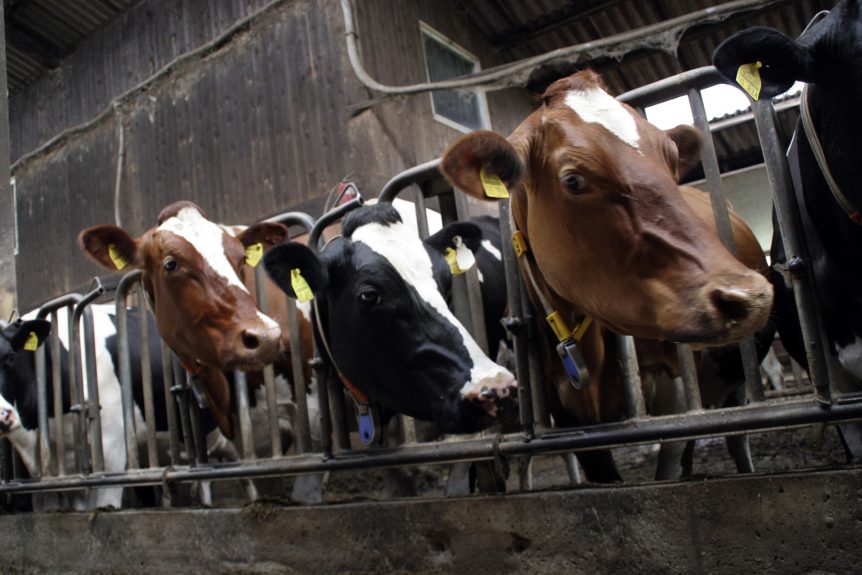The U.S. beef and dairy sectors are making progress toward the goal of becoming climate neutral by 2050. Despite initial skepticism about achieving that goal, there is a path forward to reach that point within the timeframe. In a recent white paper, co-author Frank Mitloehner points out that reducing methane within both industries will ultimately be the key. Another point raised in the paper is the distinction made between ‘net zero carbon’ and ‘climate neutrality.’
“The fossil fuel sector needs to reach carbon neutrality to become climate neutral. But for beef and dairy, what’s needed is that we reduce methane in a meaningful way – anywhere between 20 to 40 percent – and at that point we’ll become climate neutral,” Mitloehner explained. “Methane is a potent greenhouse gas and that’s really true. But it’s also a very short-lived greenhouse gas. I call it the ‘fast and furious.’ It only has a lifespan of about one decade. During that one decade, it’s very potent, but then it’s gone, then it’s destroyed. Because of that, the beef and dairy sectors don’t have to go to net-zero.”
The paper, Pathway to Climate Neutrality for U.S. Beef and Dairy Cattle Production, details production approaches that can help move both industries towards the 2050 goal. Innovation within both the beef and dairy sectors will be a critical factor for achieving the goal of becoming climate neutral. Mitloehner, who is a Professor and Air Quality Specialist, and Director of the CLEAR Center at UC Davis, points out that California farmers have already made significant progress. As California law requires a 40 percent reduction of emissions from the dairy sector within the next 10 years, producers have been adopting new technologies and practices at a fairly rapid pace. Mitloehner was pleasantly surprised by how state officials have been approaching the matter.
“The state would not use the cane approach of rules and regulations and fines to get those farmers to reduce methane. But instead, they used the carrot approach of financially incentivizing these reductions. As a result, the dairy industry has made very meaningful investments, particularly in and around manure management,” said Mitloehner. “In California, the dairy industry has already reduced its methane by 25 percent. So, we are over halfway at achieving the 40 percent reduction goal, which is simply said: phenomenal.”











